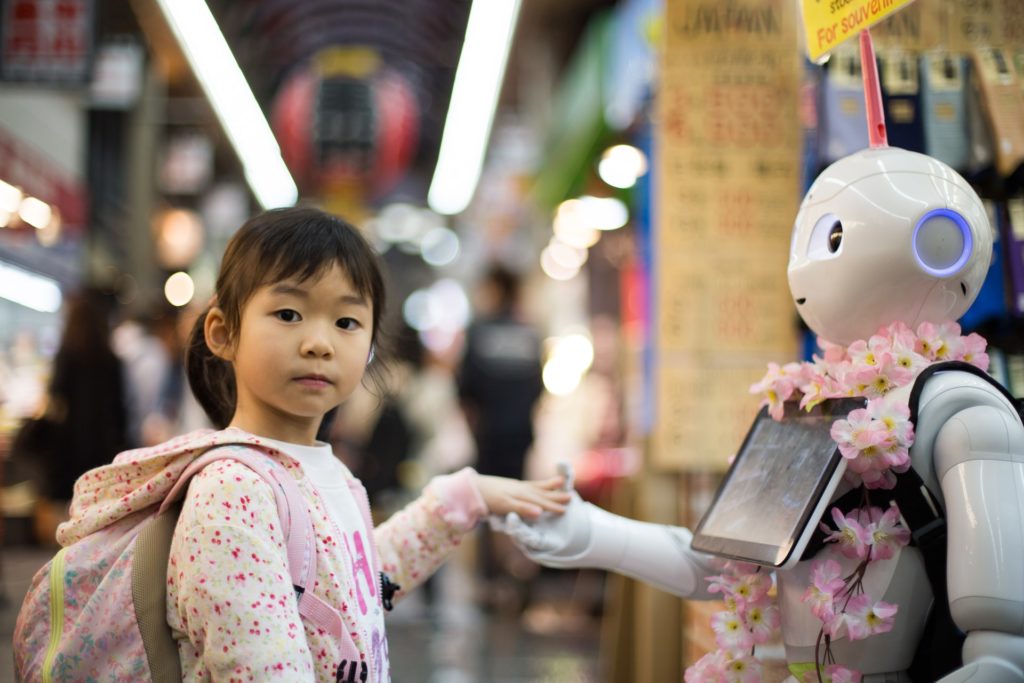AI (pronounced AYE-EYE) or Artificial Intelligence is the simulation of human knowledge forms by machines, particularly PC systems.
Artificial Intelligence
These procedures include learning (the acquisition of information and rules for using the information), reasoning (utilizing the rules to reach approximate or definite conclusions), and self-correction. Particular applications of AI include expert systems, speech recognition, and machine vision.
AI was coined by John McCarthy, an American PC researcher, in 1956 at The Dartmouth Conference where the train was conceived. Today, it is an umbrella term that includes everything from robotic process automation to actual robotics.
It has gained prominence recently due, in part, to big data, or the increase in speed, size, and variety of data businesses are now collecting. AI can such as identify patterns in the data more efficiently than humans, enabling businesses to gain more insight into their data.
Types of Artificial Intelligence
AI can be categorized in any number of ways, but here are two examples. The first classifies AI systems as either weak AI or strong AI. Weak AI, otherwise called limit AI, is an AI system that is planned and prepared for a particular task. Virtual personal assistants, for example, Apple’s Siri, are a type of weak AI.
Strong AI, also known as artificial general intelligence, is an AI system with generalized human subjective capacities so that when given a new task, it has enough intelligence to find a solution. The Turing Test, created by mathematician Alan Turing in 1950, is a method used to determine if a computer can actually think like a human, although the method is controversial.
The second example is from Arend Hintze, an assistant professor of integrative biology and computer science and engineering at Michigan State University. He sorts AI into four kinds, from the sort of AI frameworks that exist today to conscious systems, which don’t yet exist. His categories are as per the following:
Type 1: Reactive machines. An example is Deep Blue, the IBM chess program that beat Garry Kasparov in the 1990s.
Type 2: Limited memory. These AI systems can use past experiences to illuminate future choices. A portion of the basic leadership works in self-sufficient vehicles have been designed this way.
Type 3: Theory of mind. This is a psychology term. It refers to the understanding that others have their own particular beliefs, wants, and goals that affect the choices they make. This kind of AI does not yet exist.
Type 4: Self-awareness. In this category, AI systems have a feeling of self, have consciousness. Machines with mindfulness comprehend their present state and can utilize the information to infer what others are feeling. This type of AI does not yet exist.
Artificial Intelligence in Applications

AI in business
Robotic process computerization is being applied to highly repetitive tasks normally performed by humans. Machine learning algorithms are being integrated into analytics and CRM stages to reveal information on the best way to better serve clients. Chatbots have been joined into sites to provide immediate service to customers.
AI in healthcare
The biggest bets are on improving patient outcomes and reducing costs. Companies are applying machine learning to make better and faster diagnoses than humans. One of the best-known healthcare technologies is IBM Watson.
AI in education
AI can computerize reviewing, giving teachers additional time. AI can assess understudies and adjust to their requirements, helping them work at their own particular pace. AI tutors can provide additional support to students, ensuring they stay on track. AI could change where and how students learn, perhaps even replacing some teachers.
AI in finance
AI applied to personal finance applications, such as Mint or Turbo Tax, is upending financial institutions. Applications such as these could collect personal data and provide financial advice. Other programs, IBM Watson being one, have been applied to the process of buying a home. Today, the software performs much of the trading on Wall Street.
AI in law
The discovery process, sifting through documents, in law is often overwhelming for humans. Automating this process is a better use of time and a more efficient process. New companies are likewise constructing inquiry and-answer PC colleagues that can filter customized to-answer inquiries by examining the taxonomy and ontology associated with a database.
AI in manufacturing
This is a region that has been at the front line of fusing robots into the work process. Mechanical robots used to perform single tasks and were separated from human workers, but as the technology advanced that changed.